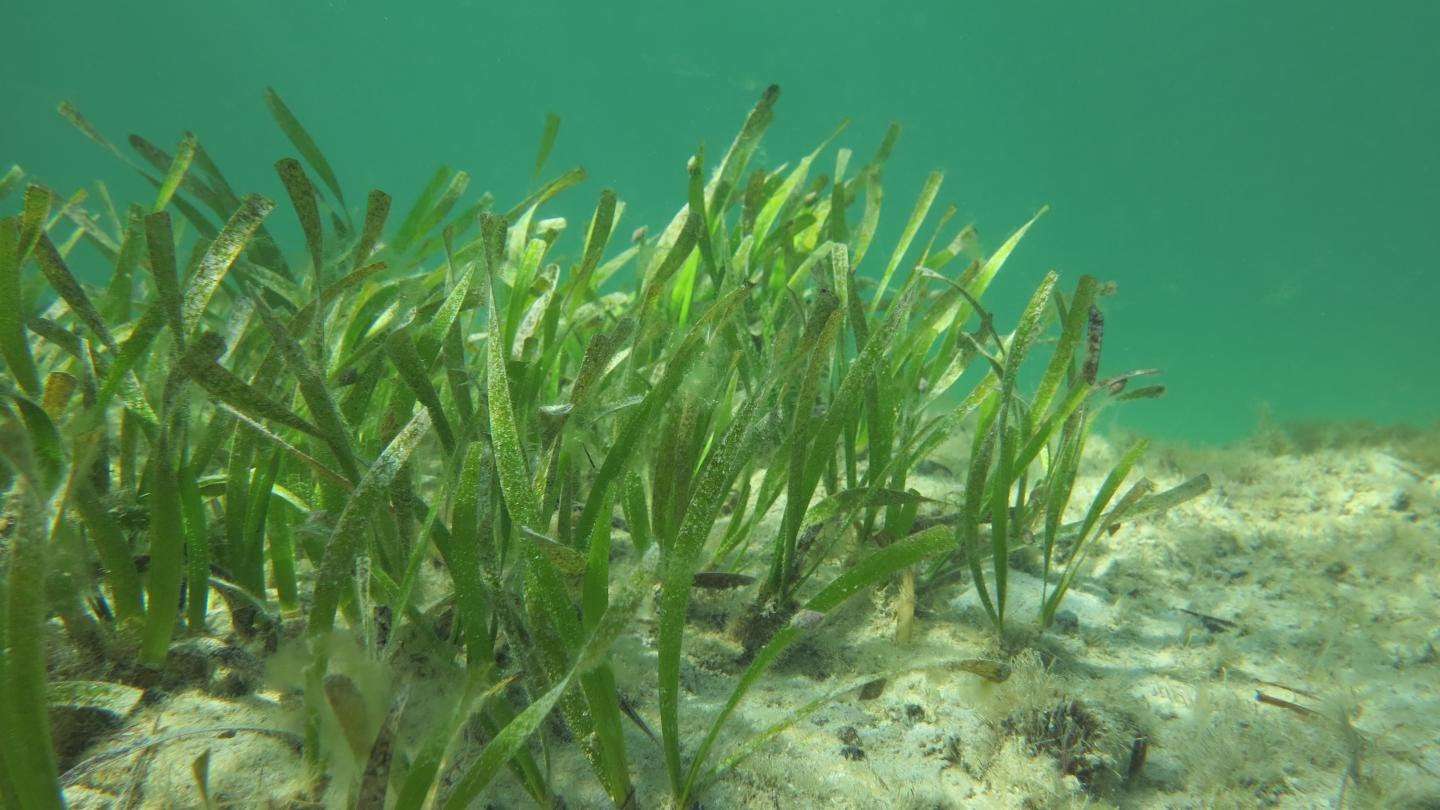An increase in carbon dioxide emissions equivalent to 5 million cars a year has been caused by the loss of seagrass meadows around the Australian coastline since the 1950s.
The stark finding was made possible by new modelling done by marine scientists at the Centre for Marine Ecosystems Research at Edith Cowan University (ECU) in Western Australia.
PhD student Cristian Salinas calculated that around 161,150 hectares of seagrass have been lost from Australian coasts since the 1950s, resulting in a 2 per cent increase in annual carbon dioxide emissions from land-use change.
The figures derive from Mr Salinas's research into the current carbon stocks of Cockburn Sound off the coast of Western Australia.
Cockburn Sound lost around 23 sqkm of seagrass between the 1960s and 1990s due to nutrient overflow caused by urban, port and industrial development.
Mr Salinas said the finding is significant because seagrass meadows play such a vital role in mitigating the impacts of climate change.
"Known as 'Blue Carbon', seagrass meadows have been estimated to store CO2 in their soils about 30 times faster than most terrestrial forests," he said.
"Seagrass meadows have been under constant threat in Australia through coastal development and nutrient run off since the 1960s. On top of that climate change is causing marine heatwaves that are catastrophic to the seagrasses.
"This study serves as a stark reminder of how important these environments are."
Mr Salinas said the study provided a clear baseline for carbon emissions from seagrass losses in Australia and warned of the need to preserve and restore the meadows. The inclusion of seagrass into the Australian Emission Reduction Fund could contribute to achieve this goal, he said. Carbon flushed away
The ECU researchers assessed how environmental factors such as water depth, hydrodynamic energy, soil accumulation rates and soil grain size related to changes in soil carbon storage following seagrass loss.
Results showed that the degradation and loss of seagrass alone was not enough to cause the carbon loss from the soil -- hydrodynamic energy from waves, tides and currents also played a significant role.
"Without seagrass acting as a buffer, the hydrodynamic energy from the ocean releases the carbon by moving the seabed sand around," Mr Salinas Zapata said.
Researchers found hydrodynamic energy from water movement was much higher in the shallow water and associated low levels of carbon were recorded in these bare areas.
However, seagrass meadows established in shallow waters were found to have significantly more carbon stored compared to those growing in deeper areas.
"This means that nearshore meadows are particularly important to preserve," Mr Salinas said.

meHenrik on July 7th, 2020 at 13:58 UTC »
Up here in Denmark seagrass is one of the indicators for a healthy sea, in the context of the European Water Frameword Directive.
Seagrass up here is also in a state of much lower geographic coverage than historically, due to eutrophication of coastal waters. (the principle is that fertilizing the coastal area causes algeal blooms, which shadow out the stuff (such as seagrass) growing on the bottom). Instead of waiting for the seagrass to remigrate back to areas where it once grew (which can take a long time) some municipalities have started simply planting new specimens. Also, the sea up here used to have reefs made from stones deposited during the ice ages - these stones has been fished up during the centuries to be used for building material, reducing the kindergarten areas for fishfry and others. Slowly this is being alliviated by dumping stones imported from Norwegian or Swedish bedrock, and also by dumping emptied and environmentally safe shiphulls.
hindymo on July 7th, 2020 at 13:42 UTC »
I work with a couple of oyster farming operations in Aus who are well aware of the regenerative aquaculture of growing seagrass (and oysters, for that matter.)
The wheels to grow more of it are already turning. We're already past the point of no return, but hopefully this is one piece of the puzzle to mitigating some of the suffering ahead of us.
Kaybward on July 7th, 2020 at 13:22 UTC »
Okay is there anything which is not slowly dying off right now ?